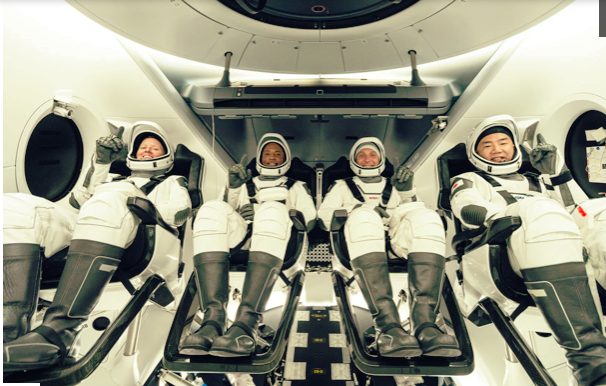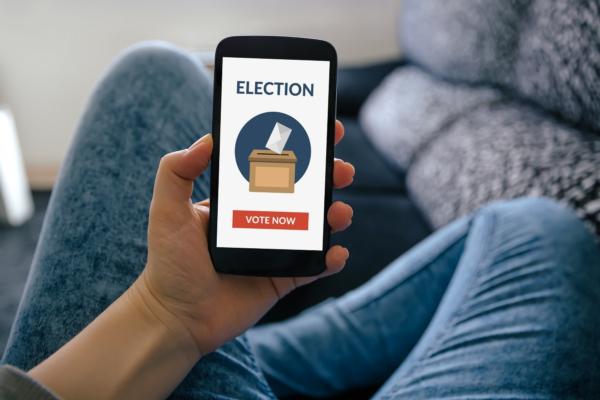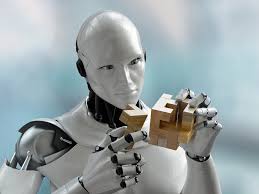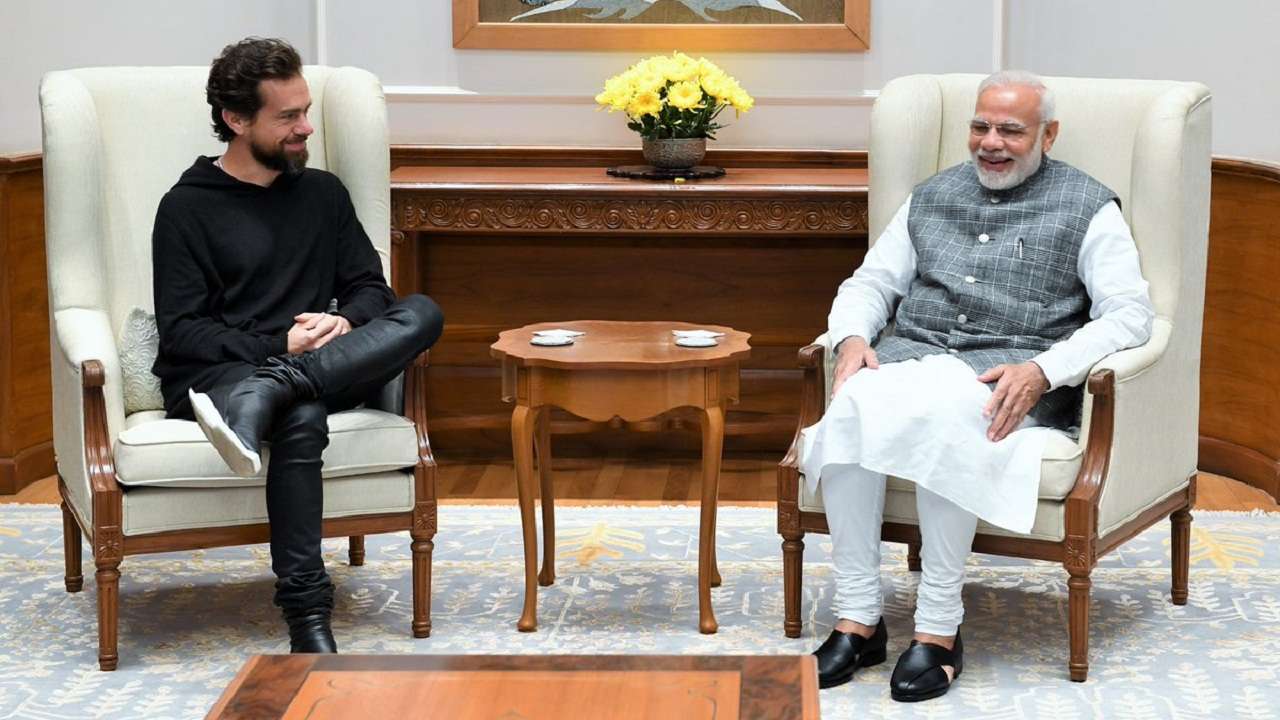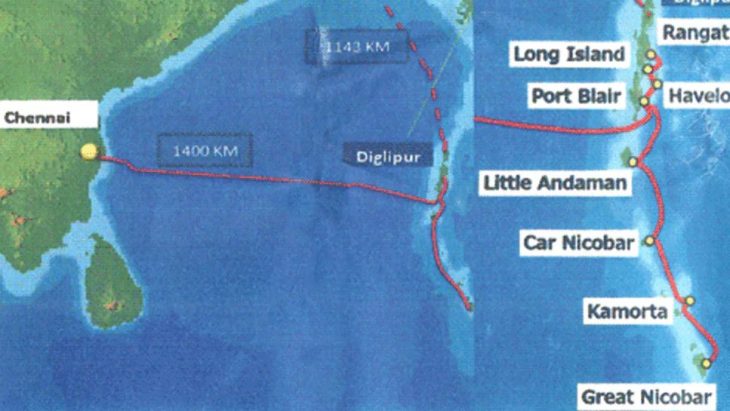Four astronauts are cruising to the International Space Station aboard a SpaceX capsule in the company’s first regular Nasa mission to the International Space Station.
In the Crew-1 mission, this will be the second trip to the space station by Commander Michael Hopkins, 51, an Air Force colonel and test pilot, seven years after his first.
He is joined by three others on the mission.
Dr Shannon Walker, 55, a physicist and Houston native, who will serve her second stint on the orbiting lab.
Mr Victor Glover, 44, a Navy pilot from California, who will be taking his first flight to space. He’ll be the first black astronaut to stay on the space station for a full six-month rotation, according to Nasa.
Mr Soichi Noguchi, 55, a Japanese astronaut and aeronautical engineer, who has the most space experience among the crew and will become one of the very few people to have left the Earth on three vehicles: Russia’s Soyuz, the Space Shuttle, and the SpaceX Dragon.
The astronauts donned their custom white flight suits and arrived at the Kennedy Space Centre launch pad on schedule at 4.30pm in three white Tesla SUVs, flanked by Nasa and SpaceX personnel.
SpaceX mission operator Jay Aranha, speaking from the company’s Hawthorne, California headquarters, told the crew to “have an amazing trip, and know that we are all for one”.
Mission commander Mike Hopkins responded, saying: “To all the people at Nasa and SpaceX, by working together through these difficult times, you’ve inspired the nation the world.
“And now it’s time for us to do our part, Crew-1 for all.”
The launch on Sunday at 7.27pm (5.57am on Monday, Indian time) appeared to go as planned as the Falcon 9 rocket lifted off from Nasa’s Kennedy Space Centre.
The Dragon capsule is scheduled to arrive at about 11pm Eastern time on Monday (0930 pm on Tuesday, Nov 17, Indian time), more than 27 hours after blasting off from Nasa’s Kennedy Space Centre in Florida.
The Dragon was performing as expected in orbit and would approach the station and dock automatically as programmed, said Kathy Lueders, the Nasa associate administrator who oversees human spaceflight.
[splco_Shortcodesspacer]
Post Launch Comments
“It was a beautiful launch,” she said at a news conference late Sunday (Nov 15) after the launch, adding that she was “a little bit shook up” with excitement.
The rocket’s first stage successfully landed on a drone ship about nine minutes after lift-off.
“That was one heck of a ride,” astronaut Mike Hopkins said from Crew Dragon to SpaceX mission control about an hour after lift-off. “There were a lot of smiles.”
An air leak caused an unexpected drop in capsule pressure less than two hours before launch, Nasa officials said.
But technicians said they conducted a successful leak check, and the scheduled launch was still on.
The ride to the space station, an orbiting laboratory some 400km above Earth, was originally scheduled to begin last Saturday.
But the launch was postponed for a day due to forecasts of gusty winds remnants of Tropical Storm Eta that would have made a return landing for the Falcon 9’s reusable booster stage difficult, Nasa officials said.
Nasa is calling the flight its first “operational” mission for a rocket and crew-vehicle system that was 10 years in the making.
It represents a new era of commercially developed spacecraft owned and operated by a private entity rather than Nasa for sending Americans into orbit.
A trial flight of the SpaceX Crew Dragon in August, carrying just two astronauts to and from the space station, marked Nasa’s first human space mission to be launched from US soil in nine years, following the end of the Space Shuttle programme in 2011.
In the intervening years, US astronauts have had to hitch rides into orbit aboard Russia’s Soyuz spacecraft.
President-elect Joe Biden tweeted his congratulations, saying the launch was “a testament to the power of science”.
“A great launch!” said US President Donald Trump in a tweet.
Vice-President Mike Pence attended the launch and said beforehand that under President Trump, America had “renewed our commitment to lead in human space exploration”.
[splco_Shortcodesspacer]
SpaceX CEO Elonmusk misses the important event
Mr Elon Musk, the billionaire SpaceX chief executive who is also CEO of electric carmaker and battery manufacturer Tesla Inc, will likely not have watched the lift-off from the Kennedy Space Centre launch control room, Nasa officials said.
He said late last Thursday that he’d tested positive and also negative for Covid-19 in four tests, and was experiencing mild cold symptoms.
SpaceX and Nasa have conducted contact-tracing and determined that Mr Musk had not come into contact with anyone who interacted with the astronauts.
“Our astronauts have been in quarantine for weeks, and they should not have had contact with anybody,” Nasa chief Jim Bridenstine said last Friday. “They should be in good shape.”
Nasa contracted SpaceX and Boeing in 2014 to develop competing space capsules aimed at replacing its shuttle programme and weaning the US from dependence on Russian rockets to send astronauts to space.
SpaceX sent its president, Gwynne Shotwell, to Florida to observe the launch. US Vice President Mike Pence also attended.
The Crew-1 mission marks a crucial milestone in the development of a space industry in which private-sector companies provide business and tourism services in low-earth orbit.
Beyond becoming the US space agency’s first regular commercial launch, the Crew-1 mission is also the first human orbital flight licensed by the Federal Aviation Administration.
The regulator is assuming responsibility for public safety because the flight will be conducted by a commercial company.
SpaceX carried out its first operational trip following a test flight with a two-person crew that returned from the orbiting lab three months ago.
The latest launch, known as the Crew-1 mission, comes 18 years after Mr Elon Musk founded Space Exploration Technologies Corp. with the ultimate goal of populating other planets.
Following the retirement of the Space Shuttle in 2011, Nasa awarded SpaceX and Boeing Co early US$7 billion (S$9.4 billion) in contracts to build new transport systems to the space station as part of the agency’s Commercial Crew programme.

